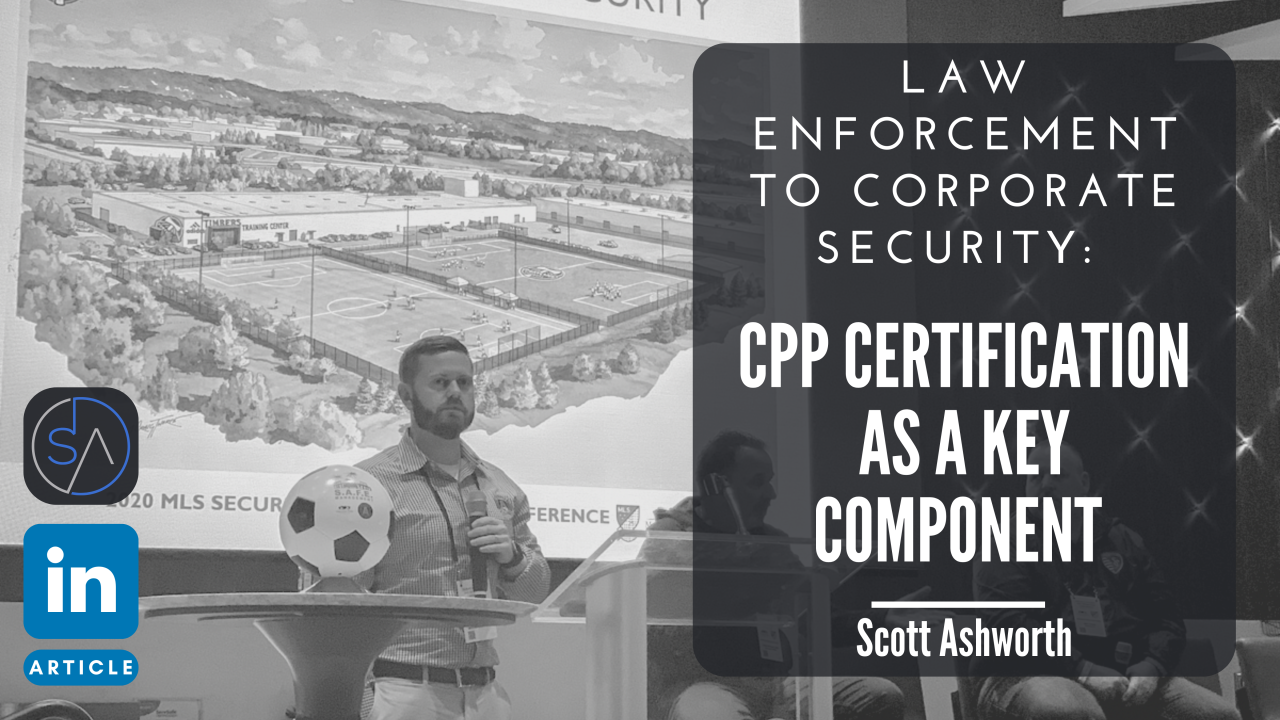Safeguarding Success: A Deep Study Corporate Security Methods
Safeguarding Success: A Deep Study Corporate Security Methods
Blog Article
From Cybersecurity to Physical Actions: Enhancing Company Protection in an Altering Globe
By combining the strengths of both cybersecurity and physical security, firms can develop a comprehensive protection strategy that addresses the varied array of dangers they deal with. In this discussion, we will explore the transforming hazard landscape, the requirement to integrate cybersecurity and physical safety and security, the application of multi-factor authentication measures, the importance of staff member recognition and training, and the adjustment of safety steps for remote workforces. By examining these essential areas, we will gain beneficial insights right into just how organizations can strengthen their company protection in an ever-changing world.
Understanding the Transforming Danger Landscape
The evolving nature of the contemporary globe necessitates an extensive understanding of the transforming threat landscape for efficient business protection. It is essential for companies to remain informed and adapt their safety and security gauges to address these developing dangers.
One secret element of comprehending the altering danger landscape is acknowledging the different types of threats that organizations face. In addition, physical hazards such as burglary, criminal damage, and business espionage remain widespread concerns for businesses.
Surveillance and analyzing the hazard landscape is essential in order to identify potential threats and susceptabilities. This entails staying upgraded on the most up to date cybersecurity trends, evaluating risk intelligence reports, and carrying out regular risk assessments. By recognizing the changing threat landscape, organizations can proactively implement ideal security actions to alleviate risks and shield their possessions, credibility, and stakeholders.
Integrating Cybersecurity and Physical Safety And Security
Incorporating cybersecurity and physical safety is essential for comprehensive company security in today's interconnected and digital landscape. As companies significantly depend on technology and interconnected systems, the borders between physical and cyber dangers are becoming obscured. To effectively secure against these dangers, an all natural method that incorporates both cybersecurity and physical safety and security procedures is important.
Cybersecurity concentrates on protecting digital properties, such as systems, data, and networks, from unapproved accessibility, disruption, and theft. Physical security, on the various other hand, incorporates measures to protect physical properties, individuals, and centers from risks and susceptabilities. By integrating these two domains, companies can resolve susceptabilities and threats from both digital and physical angles, consequently boosting their overall security position.
The combination of these 2 techniques allows for a much more detailed understanding of protection risks and enables a unified reaction to events. For example, physical gain access to controls can be improved by integrating them with cybersecurity procedures, such as two-factor authentication or biometric identification. Cybersecurity procedures can be matched by physical safety and security actions, such as surveillance electronic cameras, alarm systems, and protected accessibility points.

Carrying Out Multi-Factor Authentication Measures
As companies increasingly focus on comprehensive protection measures, one reliable method is the execution of multi-factor authentication steps. Multi-factor verification (MFA) is a protection technique that requires users to give several types of identification to access a system or application. This approach adds an added layer of security by integrating something the individual understands, such as a password, with something they have, like a fingerprint or a safety token.
By implementing MFA, organizations can considerably enhance their safety and security posture - corporate security. Standard password-based verification has its constraints, as passwords can be conveniently endangered or forgotten. MFA mitigates these risks by adding an additional authentication aspect, making it a lot more challenging for unapproved individuals to gain access to sensitive information
There are a number of sorts of multi-factor authentication methods readily available, consisting of biometric authentication, SMS-based verification codes, and hardware tokens. Organizations need to assess their particular Discover More demands and choose the most ideal MFA solution for their needs.
Nevertheless, the implementation of MFA need to be carefully intended and executed. It is important to strike an pop over to this site equilibrium between security and functionality to stop customer stress and resistance. Organizations needs to likewise consider possible compatibility problems and provide sufficient training and assistance to ensure a smooth change.
Enhancing Staff Member Recognition and Training
To strengthen corporate security, organizations need to focus on enhancing staff member awareness and training. In today's rapidly developing risk landscape, workers play an important function in safeguarding an organization's sensitive details and assets. Sadly, numerous security violations happen as a result of human error or lack of understanding. For that reason, companies need to spend in extensive training programs to enlighten their employees regarding possible dangers and the most effective methods for mitigating them.
Efficient employee awareness and training programs ought to cover a variety of subjects, consisting of information defense, phishing strikes, social engineering, password hygiene, and physical safety procedures. These programs need to be customized to the specific needs and responsibilities of different worker functions within the company. Normal training workshops, simulations, and sessions can aid staff members establish the essential abilities and expertise to react and recognize to protection dangers properly.
Furthermore, organizations need to urge a society of protection understanding and provide recurring updates and tips to keep employees educated regarding the most recent hazards and reduction strategies. This can be done with inner communication networks, such as newsletters, intranet sites, and email projects. By cultivating a security-conscious labor force, organizations can considerably lower the possibility of security cases and secure their valuable possessions from unauthorized gain access to or compromise.

Adapting Protection Measures for Remote Workforce
Adjusting company security steps to great site fit a remote workforce is necessary in making sure the security of delicate information and possessions (corporate security). With the boosting fad of remote job, companies must implement suitable safety and security procedures to alleviate the threats linked with this brand-new means of functioning
One critical facet of adjusting protection actions for remote job is developing safe interaction networks. Encrypted messaging systems and digital exclusive networks (VPNs) can aid shield sensitive information and stop unapproved accessibility. In addition, companies need to impose making use of solid passwords and multi-factor verification to enhance the safety and security of remote gain access to.
One more crucial factor to consider is the implementation of protected remote gain access to options. This entails providing staff members with protected accessibility to corporate resources and data with virtual desktop infrastructure (VDI), remote desktop computer methods (RDP), or cloud-based services. These technologies ensure that delicate info remains safeguarded while allowing employees to perform their duties successfully.

Last but not least, comprehensive safety recognition training is important for remote staff members. Training sessions need to cover best methods for firmly accessing and managing delicate information, recognizing and reporting phishing attempts, and preserving the overall cybersecurity health.
Verdict
Finally, as the risk landscape proceeds to progress, it is crucial for organizations to strengthen their safety and security determines both in the cyber and physical domain names. Incorporating cybersecurity and physical safety, implementing multi-factor authentication measures, and enhancing worker understanding and training are essential steps towards accomplishing durable corporate security. Additionally, adjusting security measures to fit remote labor forces is imperative in today's altering globe. By carrying out these steps, organizations can reduce risks and shield their beneficial properties from prospective risks.
In this conversation, we will discover the altering hazard landscape, the need to integrate cybersecurity and physical safety and security, the application of multi-factor authentication measures, the relevance of worker recognition and training, and the adaptation of protection steps for remote labor forces. Cybersecurity steps can be enhanced by physical safety and security procedures, such as surveillance electronic cameras, alarms, and safe access points.
As companies increasingly prioritize thorough safety and security procedures, one effective method is the implementation of multi-factor verification measures.In final thought, as the threat landscape proceeds to develop, it is important for organizations to strengthen their security gauges both in the cyber and physical domains. Incorporating cybersecurity and physical protection, carrying out multi-factor authentication procedures, and boosting staff member awareness and training are vital actions in the direction of attaining robust corporate safety and security.
Report this page